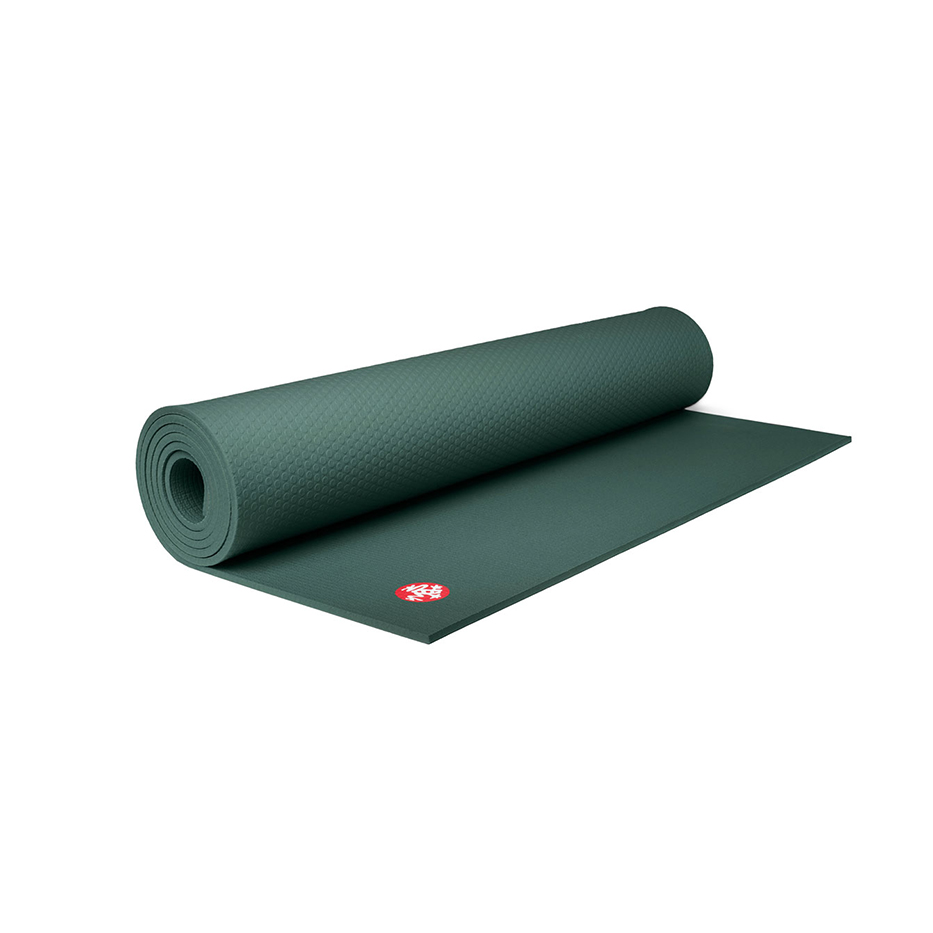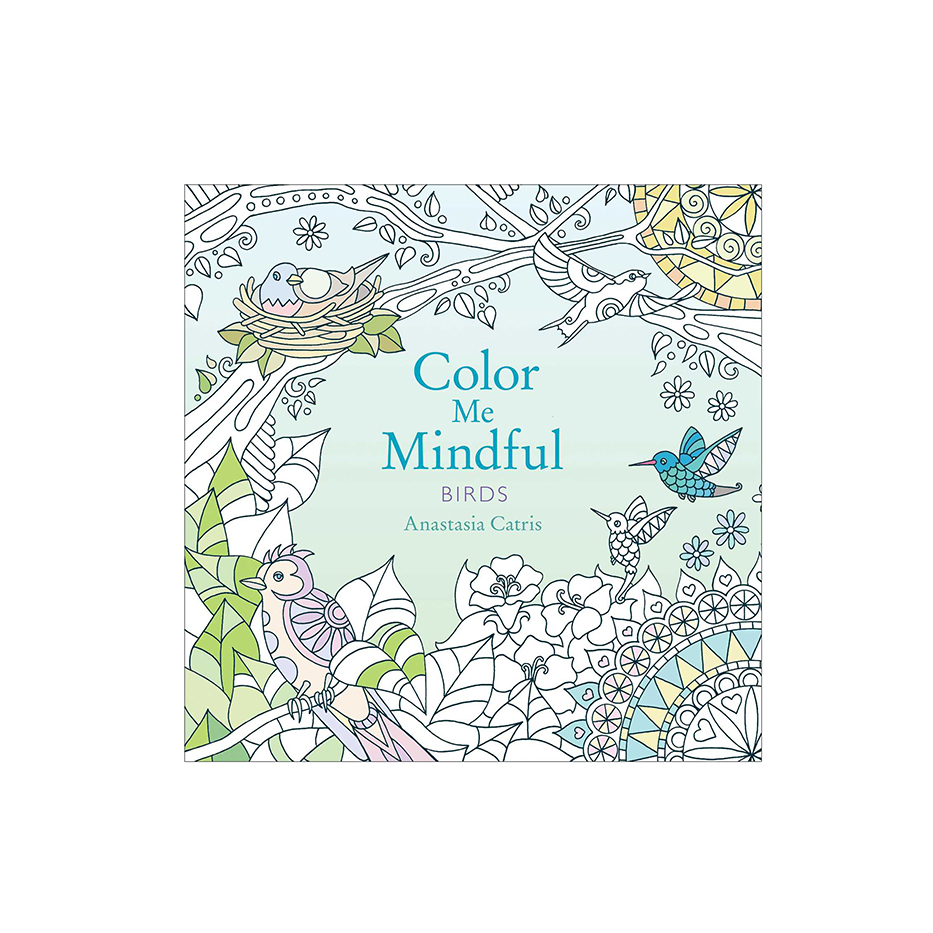I Hate Sitting Still, So Active Meditation Has Changed My Life


The toughest part of learning to meditate is that initial period of establishing the habit. Meditation is supposed to teach us how to evade distraction, observe our thoughts without attachment, and enjoy stillness, among other things—yet the irony is that when you're just getting started, sitting still for five minutes is, well, distracting.
For the longest time, I thought I needed to get over myself and just do it. But this strategy swiftly backfired: When I sat still and my mind wandered, rather than simply acknowledging it and letting it go, as we're supposed to, I would get frustrated with myself until my mental chatter escalated into a tirade of self-criticism, and I'd open my eyes in defeat, more stressed out than I had been when I sat down.
Why was it that I felt so blissed out at the end of a yoga class, but this wasn't working for me? Why was it so easy to relax and reflect during a quiet walk around my neighborhood, but sitting down for just five minutes was such a struggle? Then I realized the real question at hand: If these actions calmed me down and made me mindful, why was I pressuring myself to fit inside this very narrow definition of what meditation can be?
In reality, there are countless ways to meditate that don't require complete stillness—many of which have been in practice for thousands of years, and others still that are backed by science. But the ultimate lesson here is that "meditation" can mean whatever you'd like it to. If running seven miles gives you a better perspective on something going on in your life, do it. If having a good cry feels cathartic to you and clears your mind, do it.
And if the ability to sit still for several minutes at a time is still your ultimate goal, that's fine too; consider this your gateway. Once I began elevating my mindfulness on my own terms—by turning the activities I knew already worked into even more of a habit—suddenly, sitting still wasn't so difficult anymore.
Keep reading to see some of our favorite alternative meditation methods.
GO FOR A WALK
Sitting still requires quiet observation of your surroundings, and walking meditation takes that same idea and puts it in motion: Going out into the world and simply soaking in your environment is a really great way to relax and be mindful. Case in point: The Japanese art of "forest bathing," or shinrin-yoku—which simply involves talking a stroll in the woods—has health- and mood-boosting abilities backed up by science. Being surrounded by nature is ideal since it's a peaceful, grounding atmosphere, but just exploring a quiet neighborhood or park works well too. This happens to be my favorite form of meditation (and hiking is one of my go-to workouts for this reason).
LISTEN TO MUSIC
To be clear, it doesn't have to be Buddhist chanting or relaxing spa music. Doesn't listening to your favorite song make you feel better no matter what? When my mind is racing in a million directions, I like to listen to a record from start to finish and try to really listen to the lyrics. Channeling my thoughts into this one aspect is like the musical equivalent of focusing on my breath. (And though my dad always insisted that listening to music while working was "terrible" for my concentration when I was growing up, just the opposite is true.) Your soundtrack of choice doesn't have to be happy-go-lucky either. In fact, a recent study found that listening to sad music—and better yet, crying along to sad music—actually elicits a more relaxing mental response than tunes with a more "chill" aesthetic.
CLEAN YOUR HOUSE
You don't have to be Marie Kondo (or Monica Geller) to find some joy in tidying up. Stop viewing cleaning as a chore and instead look at laundry-folding as some much-needed time to yourself. And it comes with a reward: Removing the clutter from your space has a similar effect on the mind.
DO YOGA
For meditation newbies, yoga is one of the most reliable bridges to getting started—it's already built into the practice, after all. Once you realize how much you're looking forward to savasana at the end of every class, that's a good sign that you're ready to try sitting (or lying!) still at home.
OR ANY EXERCISE, REALLY
Cardio and strength training require that you focus on your breath and maintain a certain rhythm, ideal for keeping your brain calm and clear. It's so much easier to let stress and issues go when you're sweating your butt off and high on endorphins.
YELL
Ideally, not at another person: Scream into a pillow, underwater in your bathtub or a pool, in your car—wherever. Society tells us to keep our emotions under wraps most of the time, but sometimes you just need to let it all out. (Taryn Toomey hasn't built a cult following around her addictively cathartic The Class for nothing.)
TAKE A SHOWER
It's kind of the same mentality as cleaning your house: When you're doing this kind of mundane, mindless task, it frees up your mind in a way that can help you sort through other things. Cold showers specifically are connected with a boost in focus, but many creatives we've encountered swear that they get their best ideas in the shower, even at more tolerable temps.
DRAW, KNIT, OR DO ANYTHING CRAFTY
Again, a similar idea applies here: By busying your hands and the technical part of your brain with some kind of simple task, you can then focus on the more abstract thoughts crossing your mind. And you don't have to be a first-class artist or a knitting pro—a coloring book like Color Me Mindful ($9) will set you on the right path. PS: If you've gotten in the very 2017 habit of being on your computer and phone while watching TV, picking up some kind of craft is a really great way to kick it.
WRITE IN A JOURNAL
Half the time I have no idea why I'm actually upset about something, but putting pen to paper helps spell it out. Reading the narrative of your own life back to yourself tends to put things into very vivid perspective.
Next up: 17 real women share how they remember to take their birth control.
This post was originally published on March 23, 2016.
Disclaimer
This article is provided for informational purposes only and is not intended to be used in the place of advice of your physician or other medical professionals. You should always consult with your doctor or healthcare provider first with any health-related questions.


